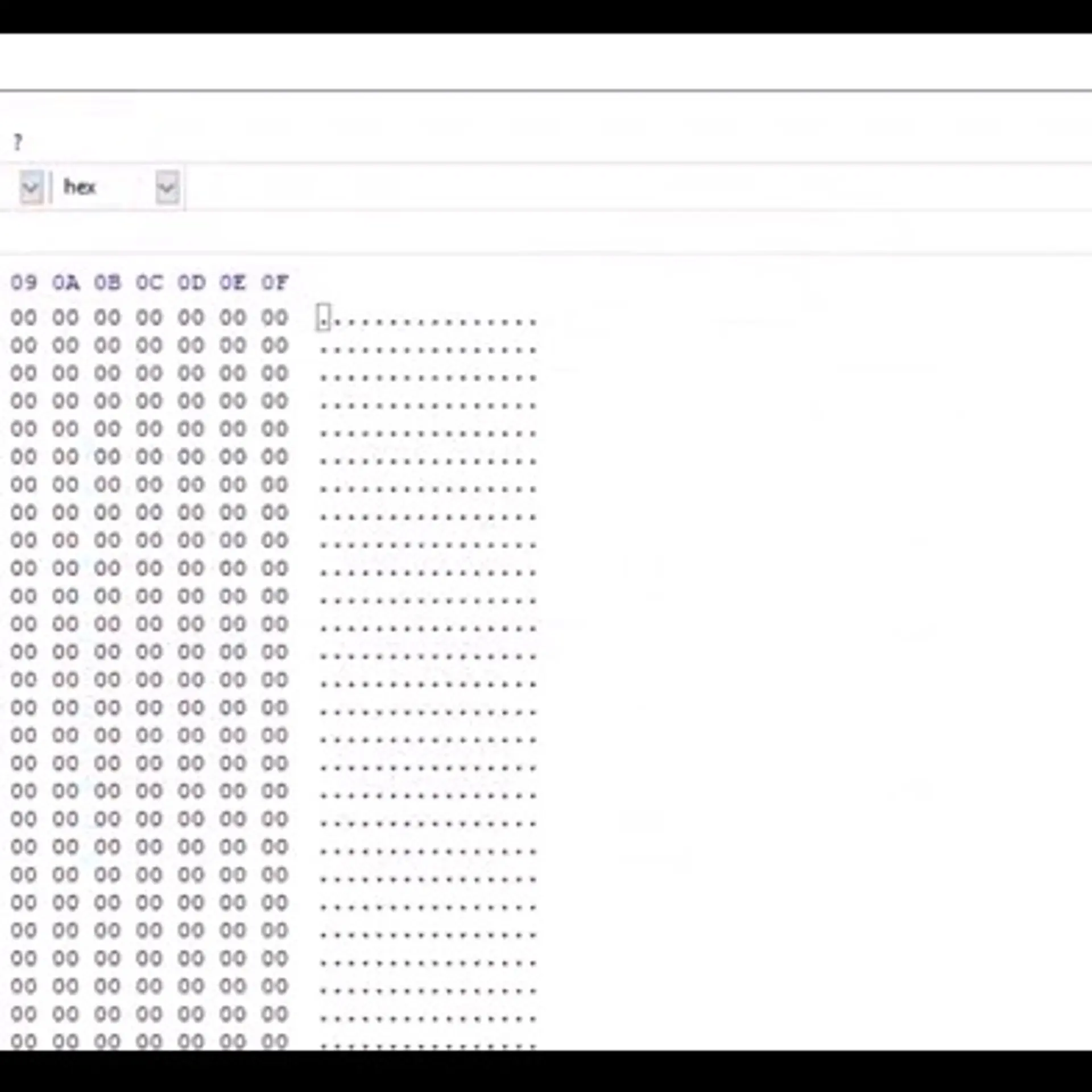

How To Boost Sales & Distribution In Manufacturing Industries
Your revenue generating operations- your sales & distribution need to be handled efficiently for enhanced profits. Read how an ERP can help.
Truly, everything boils down to revenues. The ultimate goal of any manufacturing unit is revenue generation and profit making. Interestingly, there is a vicious circle between revenues, profits, sales and distribution. Each is closely linked with another. The logic goes like this - profits are earned when revenues are generated. To generate revenues, strong sales plans are required & sales are flourished only with the help of an efficient distribution channel. The bottom line- to earn the profits you have to ensure that goods reach the end user at the right time, in right quantity and in appropriate condition; and for that, a strong sales and distribution network is indispensable.
Though sales and distribution seem just two words, but they hold a plethora of activities and operations within, that need to be handled effectively. They need to efficiently collaborate with other departments too, including inventory, production, finance, purchasing and dispatching. Managing and controlling these operations manually or through manual based methods can take away your efficiency, result in delays and errors, and at the same time can lead to customer dissatisfaction.
If you wish to stay ahead in the competition, you need to automate your sales operations, possible through an Enterprise Resource Planning software. You may choose to acquire standalone Sales Management software, but what about real time updates and coordination with the other functions of the business? ERP being a single, unified and centralized solution, can boost your sales while giving you a clear picture of how other departments are working to meet that sales. It actually provides all the features, functionalities and capabilities to enhance your revenue generating operation- your sales and distribution. Here’s how:
• A single unified solution to manage all operations related to sales including returns
An ERP manages all your sales operations end-to-end. Starting with quotes to order entry, picking, packing, dispatching and beyond to handling distribution, C&Fs, wholesalers down to the retail level. Even your returns are tracked and managed with real-time reflections of the same on your inventory.
• Manages Business Partners
Provision to keep records of customer details like customer’s address, contact information, appropriate tax rates, credit limit, territory, FOB information, and customer class is facilitated by ERP. All this information is automatically fetched on order with option to set favorite customer, their shipping address, their specific ordered quantity and special discounts they are entitled to.
• Instant Order Creation
You are in the middle of entering your order and a customer calls up; your new order can be taken without compromising the details of the current one. ERP even facilitates speedy creation of quotations. Provision for single click transfer of quotes to order and order to shipment feature makes ERP irresistible for a sound sales management.
• Automatically applies or processes, discounts & taxes
Based on customer details in the database, ERP separates customer classes or groups and fetches volume-based scaled pricing, discounts and markups based on these customers or customer groups, and products or product groups. It even makes a note of the credit limit for each customer and restricts taking orders if the credit limit for the customer exceeds the defined threshold.
• Performs picking, packing, quality & shipment accompanied by sales document
ERP generates Invoices, pick lists, packing slips, bill of ladings, Certificate of Analysis and other crucial documents, essential during the time of dispatch. The goods are checked for quality at shipment and only those goods which qualify the quality tests are dispatched. Provision of instant updates in the inventory, thereafter to reflect the changes in real-time makes ERP stand apart.
• Provides insights into historic sales and trends
ERP’s this feature aids the sales team in monitoring the external environment and furnishing the information regarding trends, ongoing sales, sales history, returns if any, customer feedback plus complaints, and competitor analysis, which in turn assist in the process of making profitable decisions and smart marketing moves. Based on analysis conducted, ERP backs in bundling together different items through Sales Kit to clear-off non-moving items.
• Handles complete distribution management
ERP systematically determines which goods, in what quantity, at which location, and when are required in meeting the anticipated demand. It calculates demand along the line-of-distribution for finished goods and pushes it towards the sales team, who in turn plans and schedules for inventory and its movement within the distribution channel. It considers demand and supply at various warehouses, C&Fs, distributors, POS, etc. Based on this demand generates planned orders at warehouses, pushes and accumulates this demand to mother warehouse, ultimately generating planned production orders for manufacturing.
This even contributes in the procurement of raw material well in advance, taking the demand from various sources, the inventory, the confirmed receipts, the lead times, the economic order quantity and the pack stages of the entire supply chain network. Ultimately helping in eliminating production scarcity or halts and meeting customer demand well on-time.
It is thus imperative to realize that sales as well as distribution management are seamlessly enhanced with an ERP. Your sales executives get a clear picture of what’s available to promise, what more needed to be ordered and when it can be delivered. This holistic picture ultimately eliminates delayed deliveries, increases customer satisfaction and in turn his loyalty to your brand. Ultimate results: Revenues and profitability.
These are our views, you may add value! Drop in your comments below.






